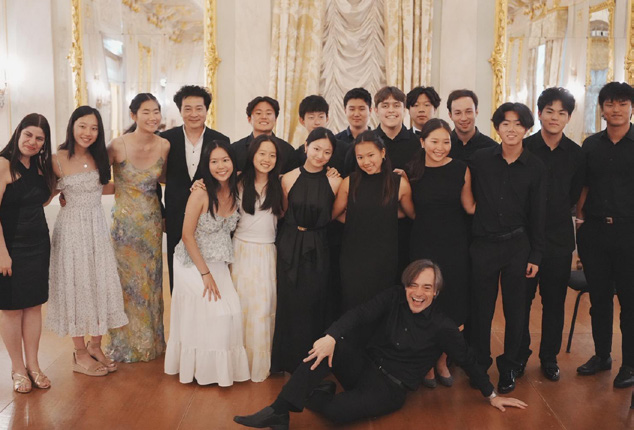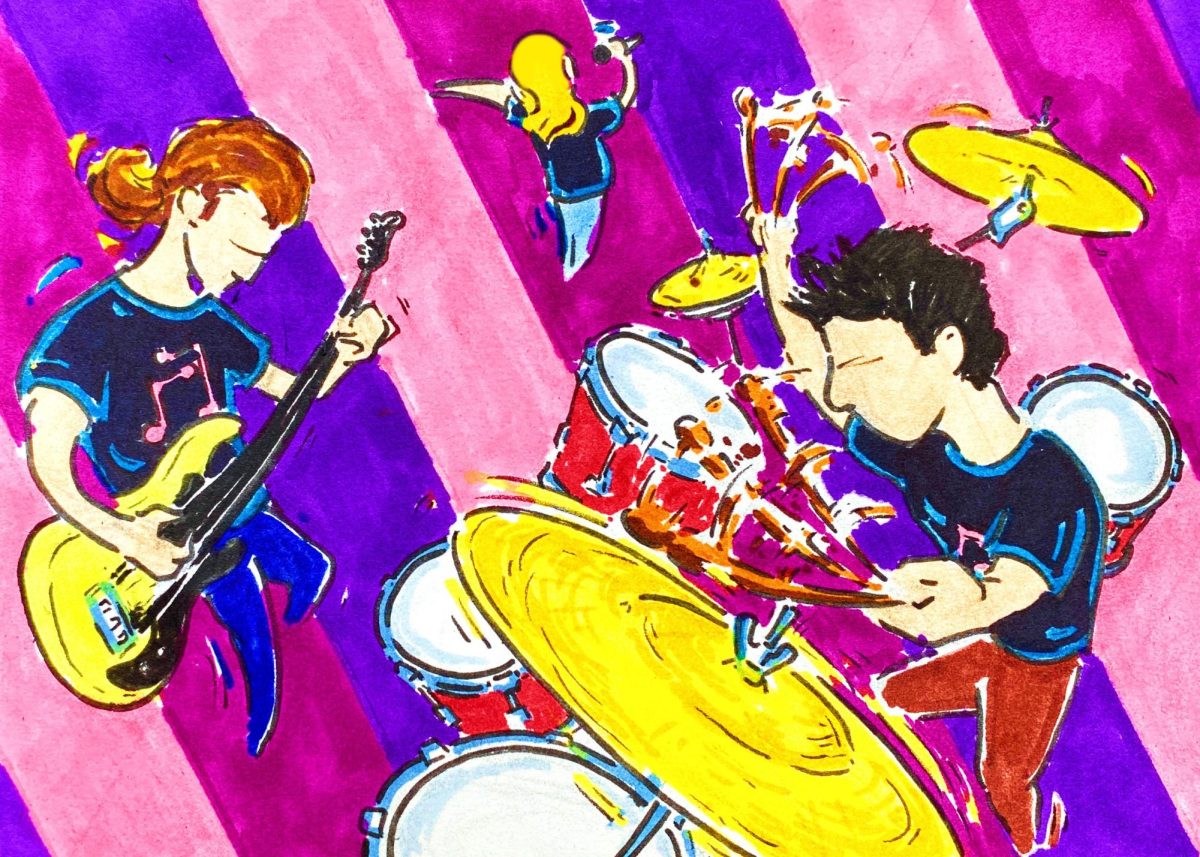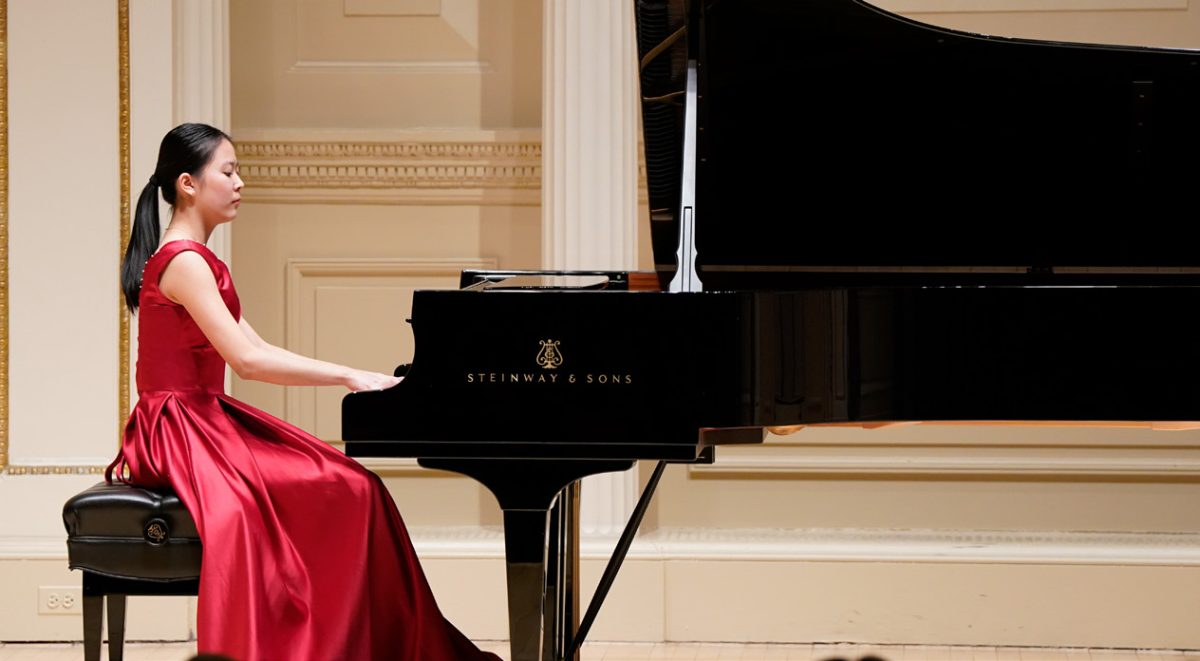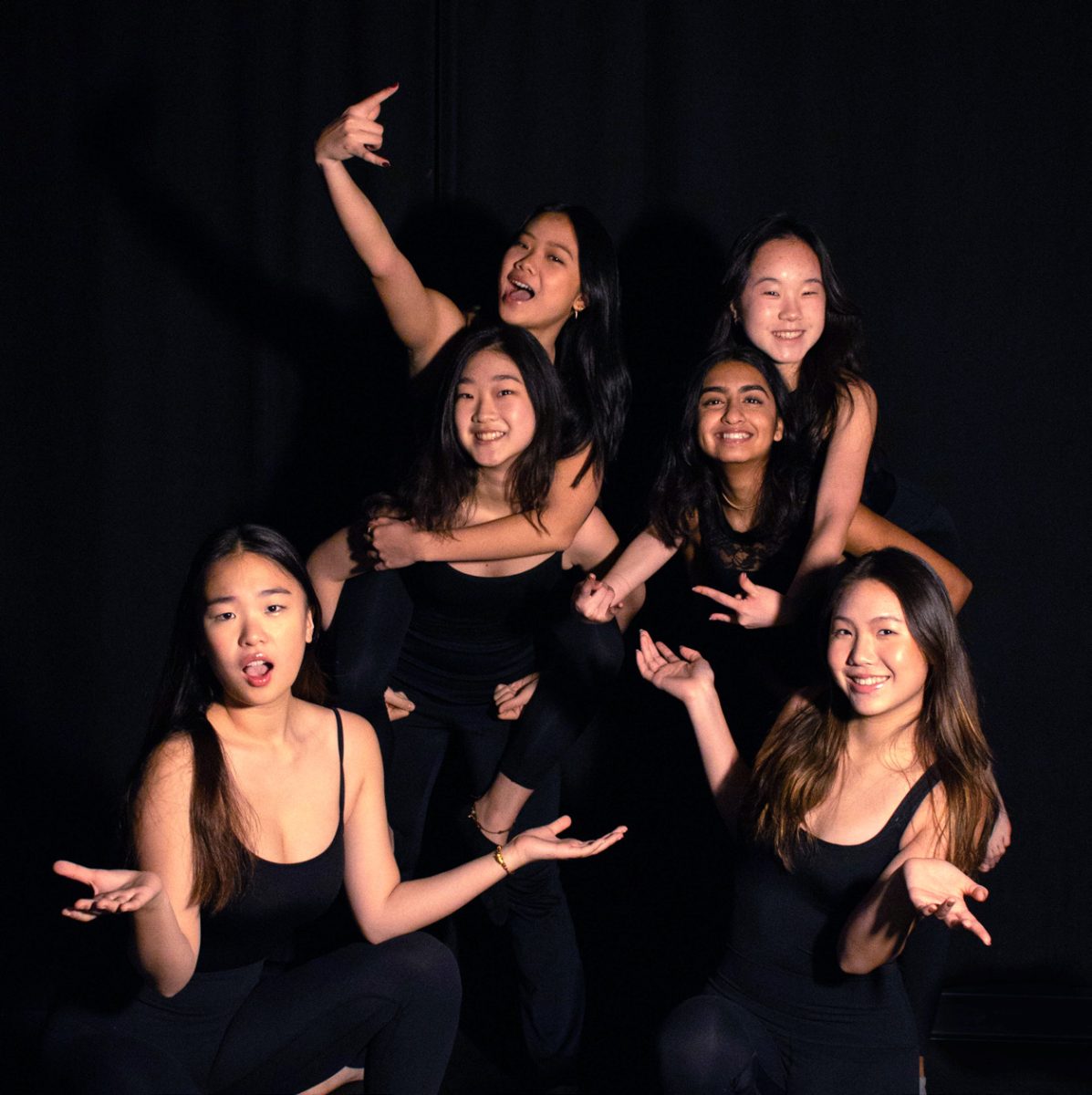The highly anticipated film, Avatar: The Way of Water, came to the big screen this past December. Thirteen years later after releasing the first movie, director James Cameron brought back the thrilling world of Pandora.
This stunning sequel takes place several years after the first human invasion and again features Jake Sully, now chief of the Omaticaya clan, his mate Neytiri, and their children. Colonel Quaritch, who Neytiri killed in the first movie, returns, now as an Avatar tasked with hunting down Sully. Sully and his family are driven from their home and forced to take refuge with the Metkayina clan, which lives beside of the ocean.
Few dispute the brilliance and creativity of James Cameron or disagree that his creation of Avatar singlehandedly set a new precedent for sci-fi and fantasy in cinema. Many critics disliked the plot, however, which mirrored the central conflicts of the first film. Key themes, such as the evils of militarism, imperialism, and environmentalism are repeated in both installments of the franchise.
Film Club member, Doug Wang ’23 commented, “A double consciousness splits the movie in half, as Cameron tries to balance ‘Hollywood’ with his personal fascination with and extraordinary talent at creating worlds that are so much more beautiful and sophisticated than massed-produced family, heroism, and three-act plots deserve. The movie is three hours of mediocrity with specks of magic sprinkled over it.”
While I acknowledge the simplistic narrative, I’d still argue that the plot as a whole is artful and moving. Sully and Neytiri’s commitment to keeping their family together by any means necessary is the embodiment of what the Na’vi represent. Even in the face of tremendous loss, their faith in love as the greatest force and the only means to overcome evil never wavers.
Cameron beautifully imagines and represents the Na’vi people, taking clear inspiration from indigenous and African cultures. Much of the beauty of the Na’vi people comes from their resemblance to POC communities.
While some have criticized Cameron’s depiction of the Na’vi as an appropriation of these cultures, I saw it as an appreciation of POC and indigenous cultures. The strength, love, and harmony among the Na’vi felt like a celebration of and tribute to the beauty of their lifestyles.
Many blockbuster films still promote very Eurocentric beauty ideals, and seeing the beauty of indigenous and other POC communities in the Na’vi people was refreshing. Cinema rarely represents minority cultures as more than just a side plot or supplementary element to a Eurocentric film, so to see that there was no “white-washing” of the Na’vi and the beauty of their people was a main plot element was transformative.
These elements were truly brought to life by the unworldly CGI, which transported viewers to the world of Pandora. With a $250 million budget, my expectations for the visual quality of the film were very high and it did not disappoint.
However, the beauty of the Na’vi and the world of Pandora itself doesn’t stop at mere physical aesthetics. As a viewer, I was most drawn to the beauty of their way of life. The sacredness of Eywa, the guiding deity of Na’vi, is the crux of what makes Pandora itself.
Avatar 2 emphasizes the importance of spiritual and familial connections. The losses and casualties in this film will feel personal to any person who watches it, as we all have experienced at least once in our lives how even love can not always protect us against greed.
I am no different from the millions of other people worldwide who had high expectations for the return of Avatar after a near 13 year hiatus, and I was not disappointed. I thoroughly enjoyed the film, in all its three hours, and the film left me feeling not only satisfied but eager to see what else Cameron will bring to the screens in the sequels.







